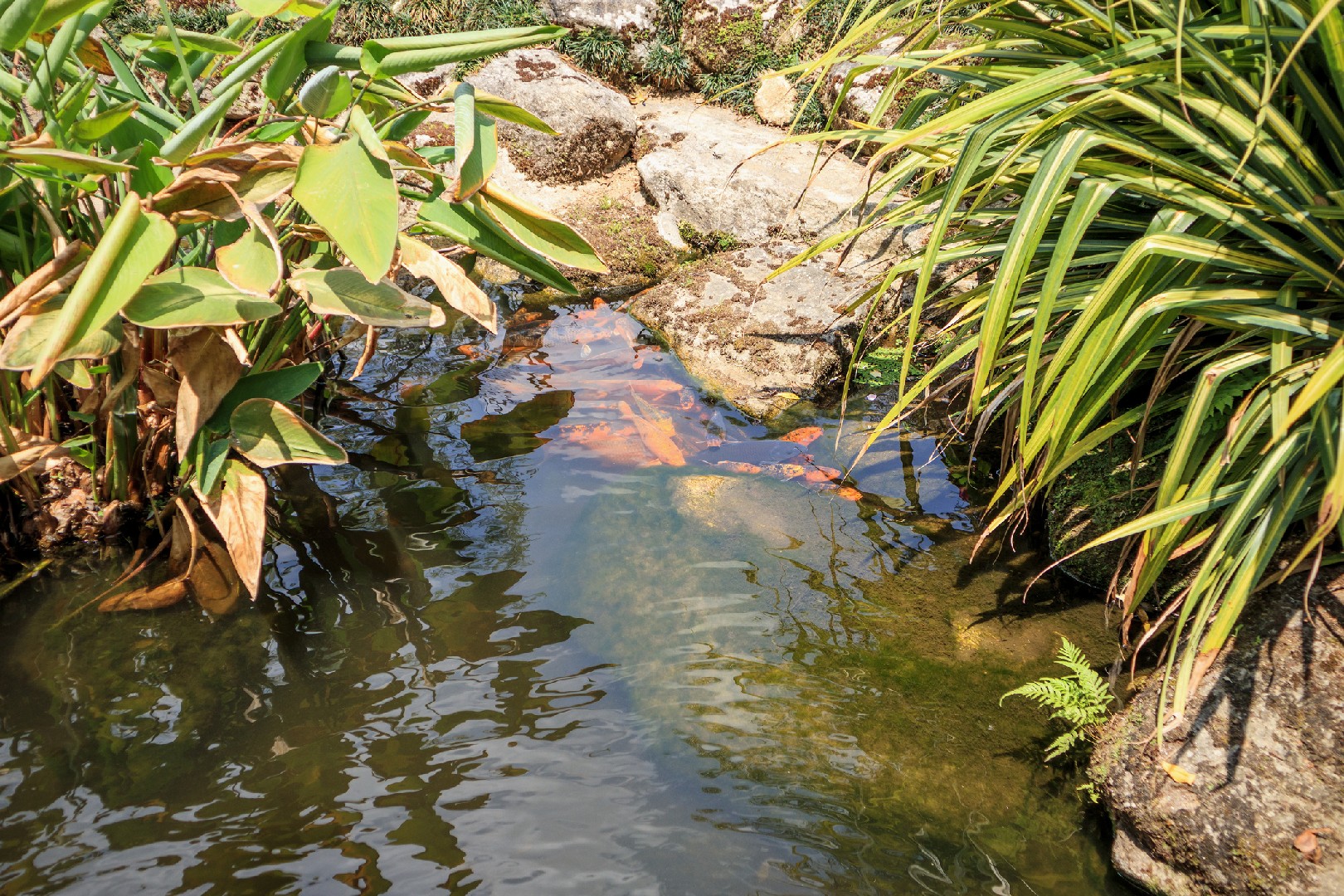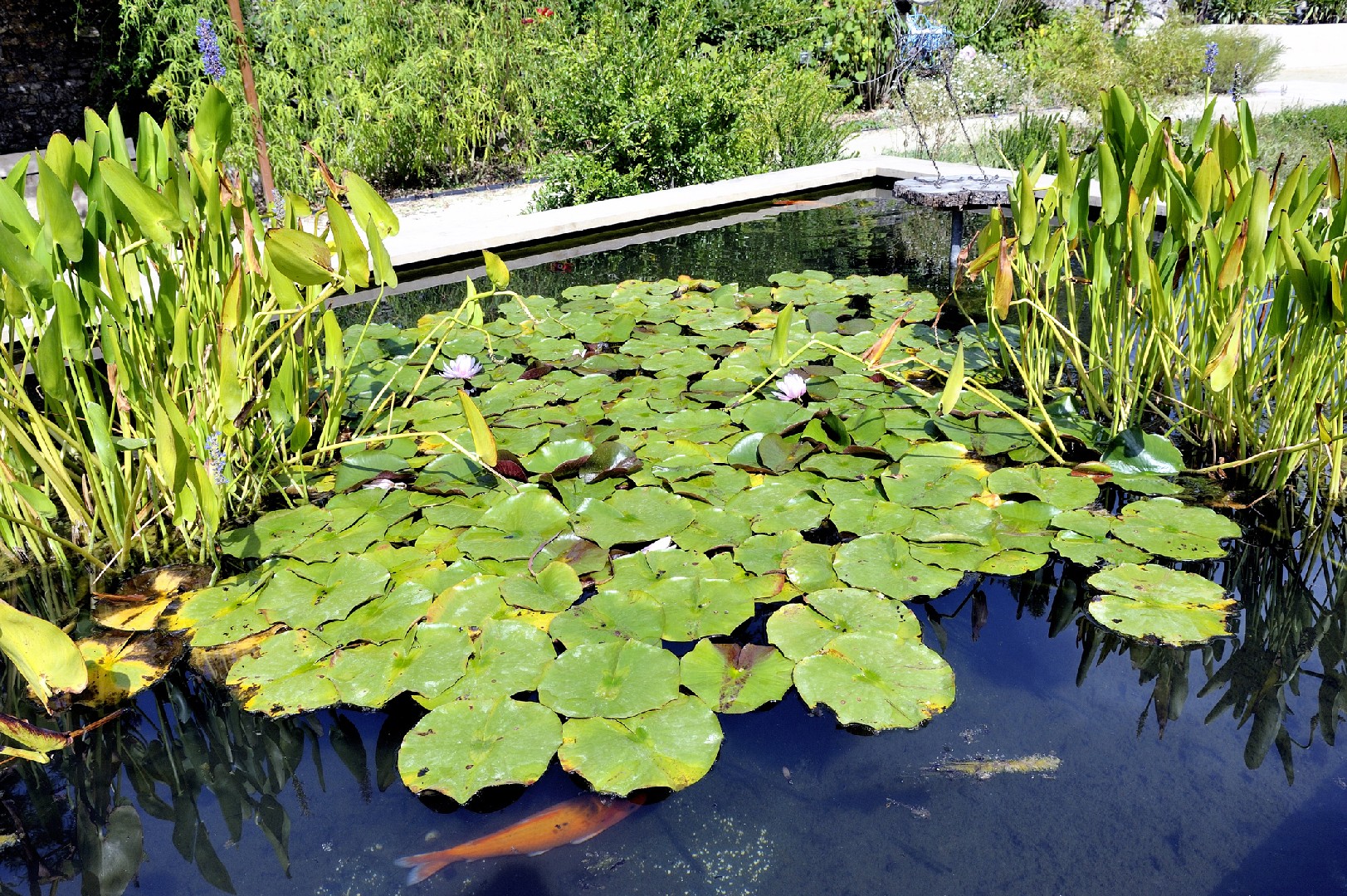![Rectangle]()
Maintaining Your Wildlife Haven
Once you have created your eco-friendly aquatic habitat in your garden, it is important to maintain it properly to ensure the well-being of the local wildlife. In this section, we will discuss best practices for maintaining water quality, monitoring wildlife populations, and addressing potential wildlife-related issues. By following these guidelines, you can create a balanced ecosystem that thrives with local wildlife.
Firstly, it is essential to regularly clean your aquatic habitat to maintain water quality. This includes removing debris, such as fallen leaves and algae, from the water surface. Use a mesh net or skimmer to scoop out any floating debris. Additionally, you can use a pond vacuum to remove sludge and sediment that accumulates at the bottom of the habitat. Regular cleaning helps to prevent the buildup of harmful bacteria and algae, ensuring a healthy environment for the wildlife.
Another important aspect of maintaining water quality is proper aeration. Oxygen levels in the water are crucial for the survival of aquatic animals and plants. By installing aeration devices, such as a fountain or waterfall, you can increase oxygen levels and improve water circulation. This also helps to prevent the formation of stagnant areas where harmful bacteria thrive. Aeration not only benefits the wildlife but also adds beauty and serenity to your garden.
Chemical usage should be avoided as much as possible in your aquatic habitat. Chemicals, such as pesticides and herbicides, can be harmful to wildlife and disturb the delicate balance of the ecosystem. Instead, consider using natural alternatives, such as beneficial bacteria or natural predators, to control pests and maintain a healthy environment. Additionally, organic fertilizers can be used to nourish aquatic plants without causing harm to the wildlife.
Monitoring and managing wildlife populations is crucial to maintaining a balanced ecosystem. Keep an eye on the population dynamics of different species in your habitat. If you notice an imbalance, such as an overabundance of a particular species, it may disrupt the ecosystem. In such cases, you can introduce natural predators or create shelters to encourage other species. It is important to strike a balance and avoid any single species from dominating the habitat.
Finally, be prepared to address potential wildlife-related issues that may arise. Diseases can spread among the wildlife in your habitat, impacting their health. Regularly observe the behavior and appearance of the animals to detect any signs of illness. Consult with a wildlife expert or veterinarian if you notice any abnormalities. Predators, such as raccoons or herons, may pose a threat to smaller wildlife. Implement deterrents, such as netting or scare devices, to protect your aquatic habitat. Additionally, invasive species can disrupt the ecosystem by outcompeting native species. Familiarize yourself with local invasive species and take steps to prevent their introduction or control their population if they appear.
By following these best practices for maintaining your eco-friendly aquatic habitat, you can create a sanctuary for local wildlife in your garden. Regular cleaning, proper aeration, and avoiding chemical usage will ensure water quality and the well-being of the wildlife. Monitoring wildlife populations and addressing potential issues will help maintain a balanced ecosystem. By taking these steps, you are not only creating a beautiful oasis in your garden but also making a positive impact on the environment and supporting local wildlife.





